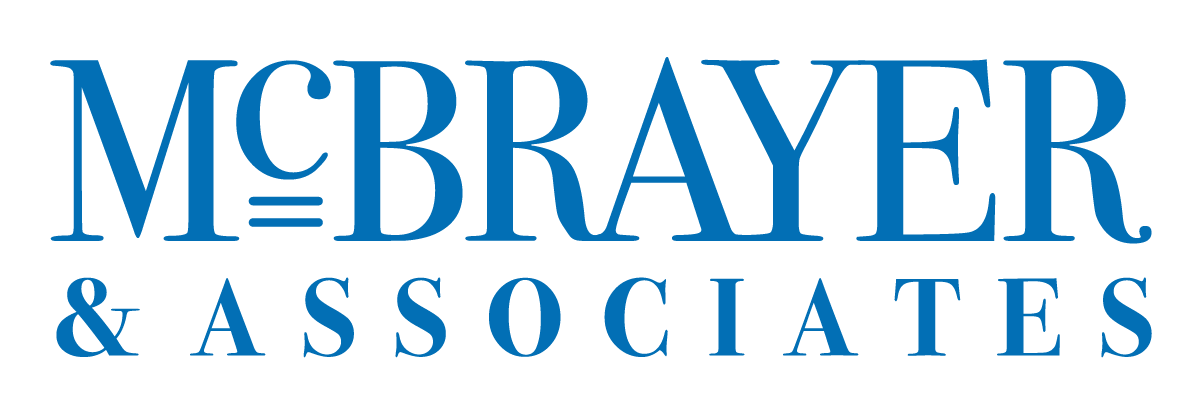Starting a Strong Sales Proposal: 6 Points in 60 Seconds

Every good story (which is what a sales proposal should be) is a persuasive story. It’s constructed with a beginning, a middle, and an end—but the most valuable part of the story is its beginning.
That’s because our opening either captures the audience’s attention or it loses them. And if we don’t engage our prospects from the very start, it’s unlikely to happen later.
There are six points we need to hit in the first 60 seconds of our sales proposal. When all six of these points are addressed, the seller will have the interest of the entire audience.
It’s important to keep in mind that we are merely touching on these topics (hence the 60 seconds). In this introduction, we merely want to give them a synopsis of what we are about to tell them in full. Essentially, we are creating a roadmap.
1. Opening Gambit
The opening gambit is the first sentence in the story. It should hook the listener in that it should be interesting, both in its content and its form.
2. Unique Value Proposition
A Unique Value Proposition (UVP) is merely the name of your solution—it could be the name of the product or the service. It is unique in that it solves the most pressing problem or goal. Again, we don’t need to get into the details here because that information is for the body of the presentation. (If we do that now, we interrupt our own flow and make the story harder to follow.)
3. Proof of Concept
Here we give the buyer a one-sentence validation. We let them know that we have had success with the UVP with other buyers. This lets the buyer know that they are not a guinea pig and that their risk is very minimal.
4. What’s In It For You
Here we connect the dots for the buyer and spell out explicitly how they will benefit. The What’s In It For You (WIIFY) should be the desired result they told us about in discovery.
5. Point B
Although it’s true that you’ve already outlined the benefits for the buyer, s/he may not grasp it quite as quickly as you may think. This section illustrates Point B itself—which is what we will ask them to do at the end of the proposal. The objective should be very clear from the beginning so that they can weigh their decision throughout the presentation.
6. Preview and Running Time
The Preview and Running Time is simply the agenda of the sales presentation and how long they should expect it to last. In this section, you let them know the aspects that you will address. You name them, but do not go into any detail. This helps you transition from one idea to the next.
Bonus
To make transitions between topics you want to address, use the “Set ‘Em Up, Knock ‘Em Down” tactic. In other words, ask your audience a question from their own perspective and then answer it.
For example:
- “If I were you, I would be thinking…”
- “You may be asking yourself, ‘This sounds great, but what if….’”
- “Why am I telling you this?”
- “So what?”
Conclusion
Using these six touch points, the most valuable part of your story (the beginning) will grab the interest and attention of your audience. When we start with the Opening Gambit, UVP, Proof of Concept, WIIFY, Point B, and the Preview and Running Time, we have effectively set up the first part of the proposal’s structure: starting strong.
